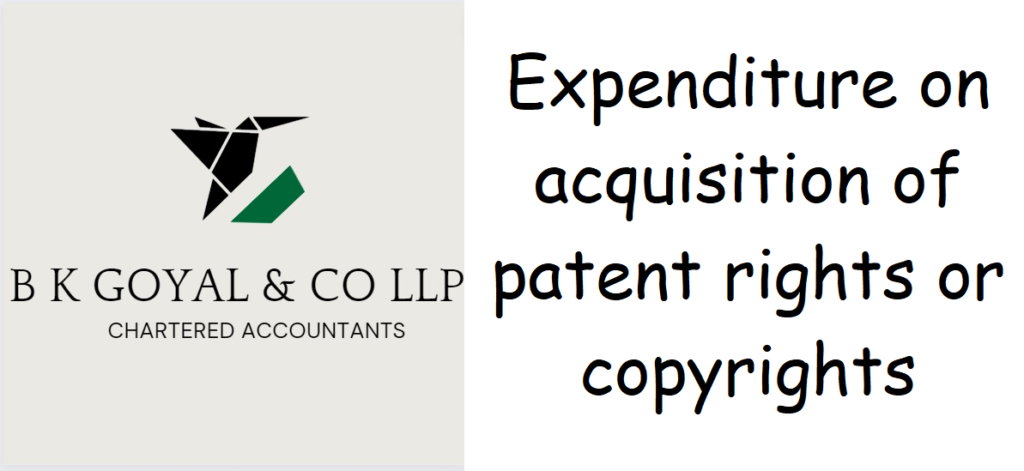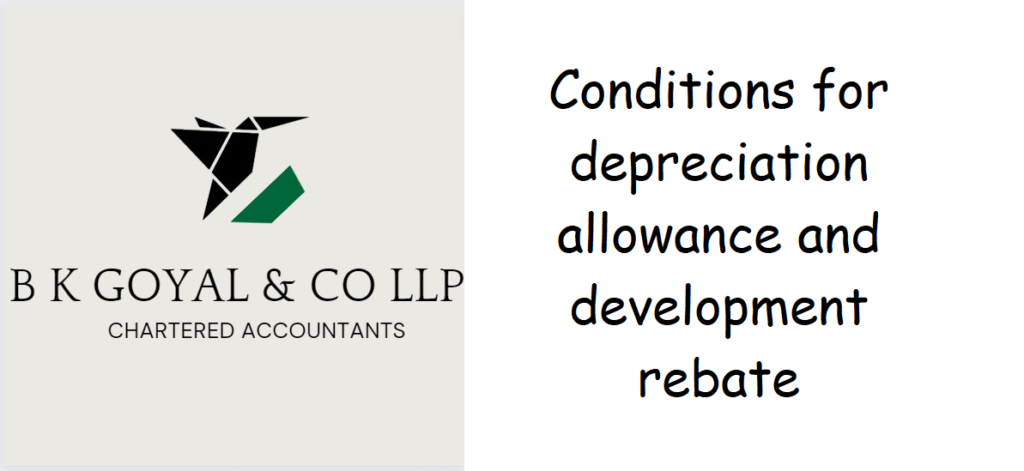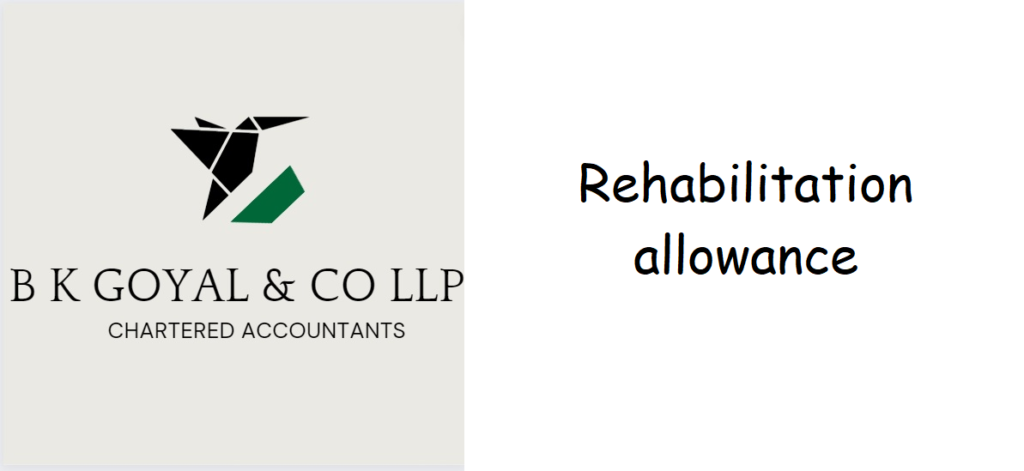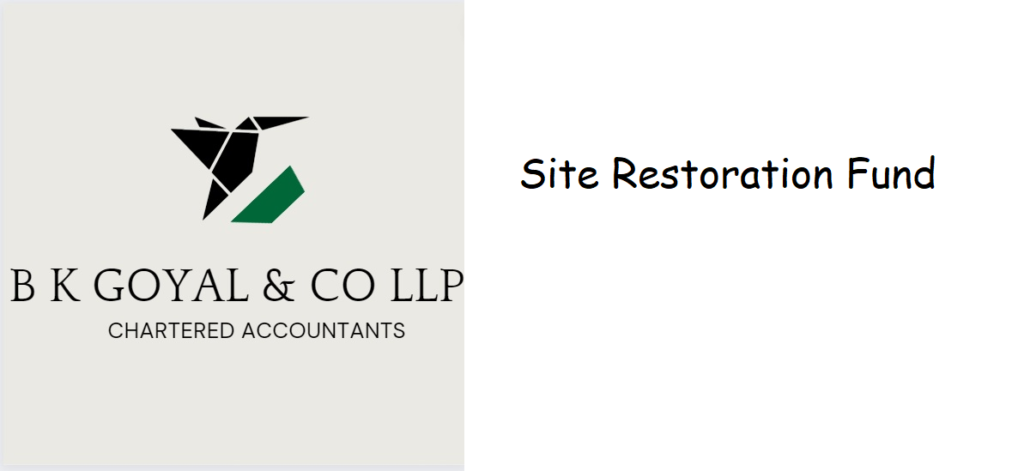Expenditure on acquisition of patent rights or copyrights
Section 35A, of Income Tax Act, 1961 states that (1) In respect of any expenditure of a capital nature incurred after the 28th day of February, 1966 but before the 1st day of April, 1998, on the acquisition of patent rights or copyrights (hereafter, in this section, referred to as rights) used for the purposes of the business, there shall, subject to and in accordance with the provisions of this section, be allowed for each of the relevant previous years, a deduction equal to the appropriate fraction of the amount of such expenditure. Explanation.—For the purposes of this section,— (i) “relevant previous years” means the fourteen previous years beginning with the previous year in which such expenditure is incurred or, where such expenditure is incurred before the commencement of the business, the fourteen previous years beginning with the previous year in which the business commenced : Provided that where the rights commenced, that is to say, became effective, in any year prior to the previous year in which expenditure on the acquisition thereof was incurred by the assessee, this clause shall have effect with the substitution for the reference to fourteen years of a reference to fourteen years less the number of complete years which, when the rights are acquired by the assessee, have elapsed since the commencement thereof, and if fourteen years have elapsed as aforesaid, of a reference to one year; (ii) “appropriate fraction” means the fraction the numerator of which is one and the denominator of which is the number of the relevant previous years. (2) Where the rights come to an end without being subsequently revived or where the whole or any part of the rights is sold and the proceeds of the sale (so far as they consist of capital sums) are not less than the cost of acquisition thereof remaining unallowed, no deduction under sub-section (1) shall be allowed in respect of the previous year in which the rights come to an end or, as the case may be, the whole or any part of the rights is sold or in respect of any subsequent previous year. (3) Where the rights either come to an end without being subsequently revived or are sold in their entirety and the proceeds of the sale (so far as they consist of capital sums) are less than the cost of acquisition thereof remaining unallowed, a deduction equal to such cost remaining unallowed or, as the case may be, such cost remaining unallowed as reduced by the proceeds of the sale, shall be allowed in respect of the previous year in which the rights come to an end, or, as the case may be, are sold. (4) Where the whole or any part of the rights is sold and the proceeds of the sale (so far as they consist of capital sums) exceed the amount of the cost of acquisition thereof remaining unallowed, so much of the excess as does not exceed the difference between the cost of acquisition of the rights and the amount of such cost remaining unallowed shall be chargeable to income-tax as income of the business of the previous year in which the whole or any part of the rights is sold. Explanation.—Where the whole or any part of the rights is sold in a previous year in which the business is no longer in existence, the provisions of this sub-section shall apply as if the business is in existence in that previous year. (5) Where a part of the rights is sold and sub-section (4) does not apply, the amount of the deduction to be allowed under sub-section (1) shall be arrived at by— (a) subtracting the proceeds of the sale (so far as they consist of capital sums) from the amount of the cost of acquisition of the rights remaining unallowed; and (b) dividing the remainder by the number of relevant previous years which have not expired at the beginning of the previous year during which the rights are sold. (6) Where, in a scheme of amalgamation, the amalgamating company sells or otherwise transfers the rights to the amalgamated company (being an Indian company),— (i) the provisions of sub-sections (3) and (4) shall not apply in the case of the amalgamating company; and (ii) the provisions of this section shall, as far as may be, apply to the amalgamated company as they would have applied to the amalgamating company if the latter had not so sold or otherwise transferred the rights. (7) Where in a scheme of demerger, the demerged company sells or otherwise transfers the rights to the resulting company (being an Indian company),— (i) the provisions of sub-sections (3) and (4) shall not apply in the case of the demerged company; and (ii) the provisions of this section shall, as far as may be, apply to the resulting company as they would have applied to the demerged company, if the latter had not sold or otherwise transferred the rights. section 35A of Income Tax Act, 1961 Are you looking to understand about Expenditure on acquisition of patent rights or copyrights ? This detailed article will tell you all about Expenditure on acquisition of patent rights or copyrights. Hi, my name is Shruti Goyal, I have been working in the field of Income Tax since 2011. I have a vast experience of filing income tax returns, accounting, tax advisory, tax consultancy, income tax provisions and tax planning. Section 35A of the Indian Income Tax Act, 1961 allows for a deduction of the expenses incurred in acquiring patent rights, copyrights, or rights to know-how by the taxpayers. The deduction, equivalent to one-sixth of the expenses incurred, can be claimed for the previous year. Taxpayers can claim the deduction by meeting certain conditions. Firstly, the expenses must be related to obtaining patent rights, copyrights, or rights to know-how. Secondly, the acquired assets must be used for business or professional purposes. Thirdly, a certificate from the relevant authority confirming the expenses incurred must be obtained.
Expenditure on acquisition of patent rights or copyrights Read More »






